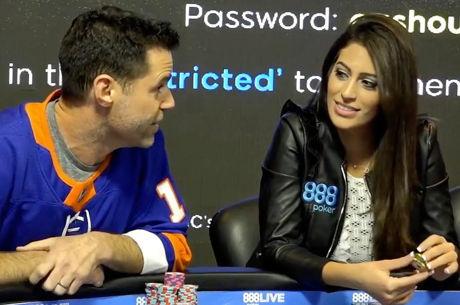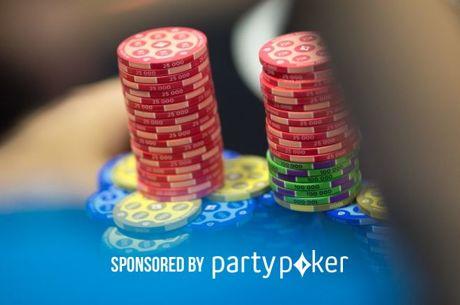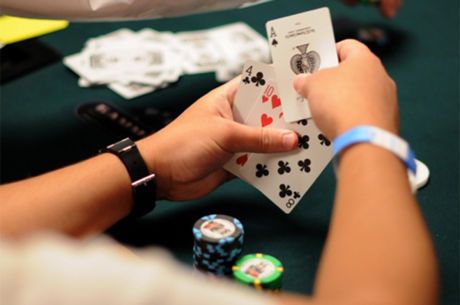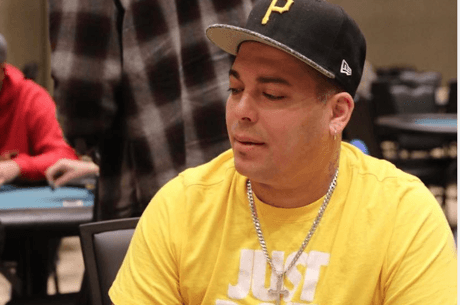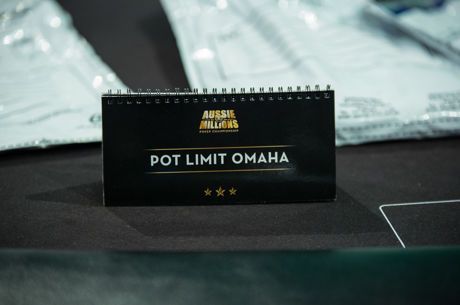Using Blockers to Narrow Opponents' Ranges in Pot-Limit Omaha
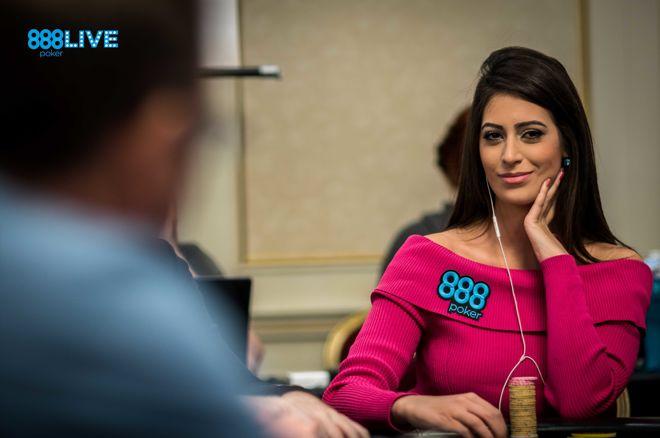
Bluffing in pot-limit Omaha might be a tough task for many new players to pull off, or even imagine doing at all. There are so many cards and so many combinations. How can you know what your opponent does or doesn't have in his hand?
Well, the good news is there is a way to start figuring out what other players might be holding �� by looking at the cards in your hand. That is to say, you can use the information provided to you by the "blockers" you are holding.
By holding a potential card or cards in your hand, you have information your opponent does not have. Knowing the cards you hold, you know they make it less likely, statistically speaking, for your opponent to hold certain types of combinations. Based on this knowledge, you should be able to develop certain plays �� including bluffs �� in PLO.
Here are two examples of using blockers when bluffing in PLO.
Bluffing With the Naked Ace
This is probably the most famous type of blocker used in PLO.
Let's say you hold the A? and no other hearts in your hand, and the board comes K?7?5?2?9?.
Having that blocker in your hand means you know nobody else has the nuts �� after all, if you have the ace of hearts, no one else can. You will therefore be able to bet or raise a bet as a bluff with a good chance of success.
Bluffing With Straight Blockers
Another frequently used type of blocker in PLO when bluffing are straight blockers.
Let's say you hold A?Q?Q?5? and the flop comes J?9?8?. In this situation, you are blocking the nut-straight because you are holding two queens. Of course your opponent could still have Qx10xXxXx, but the two queens in your hand makes that less likely. So again, your blockers present a good opportunity for you to bluff.
While using the information provided by blockers can help you make profitable bluffs, keep in mind that having a backup plan and still having some equity in case you get called is always good. Also know that trying this kind of bluff against players who rarely fold their hands is probably not a good idea.
Using Blockers in Other Ways
Taking this advice about blockers a step further, you probably have already noticed that blockers can also help you not just when bluffing, but also when making calls or folds.
For instance, if you have a medium or weak value hand and you don't block any of your opponent's bluffs, it is much better to call his bet on the river than if you did hold some of his potential bluff cards.
For example, the board reads A?10?9?2?6? and you hold A?K?J?J?. Let's say your opponent has already bet two streets and now you are facing a decision on the river whether or not to call him again.
In this situation, the call is probably a very bad idea, in part because with your two jacks you are blocking straight draws with which he could have been semi-bluffing on the earlier streets. Also, having the K? means you block the nut-flush draw that bricked on the river, which helps rule out that he was betting that draw before as well.
In this case your hand is too weak and you don't block his bluffs, so folding is probably best.
But let's say with that same board you hold A?K?5?5?. Calling a river bet would be much better in this case, primarily because you don't block any of his bluffs.
Conclusion
Any information you might be able to gather while playing PLO is extremely important, and you must use it when making all decisions. Learn how to use the cards in your own hand to help you narrow your opponents' ranges as you decide whether or not to bet or raise (including when bluffing), or to call or fold.
Keep interested and improve! Good luck, and see you at the tables!
Primarily an online player, 888poker Ambassador Vivian "Vivi" Saliba has recently collected numerous live cashes including making the money in both the 2017 WSOP Main Event and 2017 WSOP Europe Main Event. Pot-limit Omaha is her favorite variant, and among her many PLO scores is an 11th place in the $10,000 Pot-Limit Omaha 8-Handed Championship at the 2017 WSOP.

